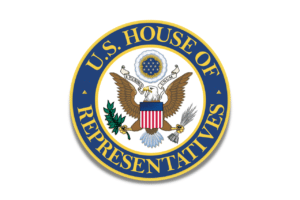Published by Forrest Milder on the Nixon Peabody website on May 6, 2016:
On May 5, 2016, the IRS issued Notice 2016-31, providing the latest round of “begun construction” tests for renewable energy facilities. You’ll remember that prior to 2012 tax legislation, all facilities were required to be placed in service by a certain date in order to qualify for renewable energy credits. Then, 2012 tax legislation (called the American Taxpayers Relief Act or “ATRA”) changed that rule for certain facilities, particularly wind, biomass, trash, hydro and geothermal facilities. I’ll refer to these as “PTC Technologies” because their definitions all appear in Section 45 of the Code, which is the Code section that applies to the production tax credit, or PTC; of course, all of these kinds of projects can also elect instead to take the investment tax credit, or ITC, pursuant to Section 48(a)(5) of the Code. Recognizing how long these facilities can take to complete, ATRA eliminated the placed in service rule, and instead applied a new test that required the facility to begin construction by a certain date. More recent legislation in 2014 (called the Tax Increase Prevention Act or “TIPA”) extended the relevant dates, and 2015 legislation (called the Protecting Americans from Tax Hikes Act or “PATH”) extended the dates again, adding solar to the technologies that are now subject to a begun construction test.
As these provisions were adopted, the IRS published guidance, specifically Notices 2013-29, 2013-60, 2014-46 and 2015-25. These notices established and then modified the requirements for qualifying under the begun construction rules. Notably, they established both a “physical work of a significant nature” test and a “five percent safe harbor.” A taxpayer could pass either by the appropriate due date, and qualify for credits provided the taxpayer also passed a “continuity test,” by which it established that it was “continuously working” or making “continuous efforts” to complete the project. While passing one of the continuity tests could require good record keeping, the IRS added an additional safe harbor, most recently providing that a taxpayer would be presumed to pass the continuity test if the project was placed in service before 2017.
Now that PATH has extended the dates for commencing construction again, taxpayers were awaiting fresh guidance that might have similar rules, but with later deadlines.
Click here to read the rest of this article on the Nixon Peabody website.

